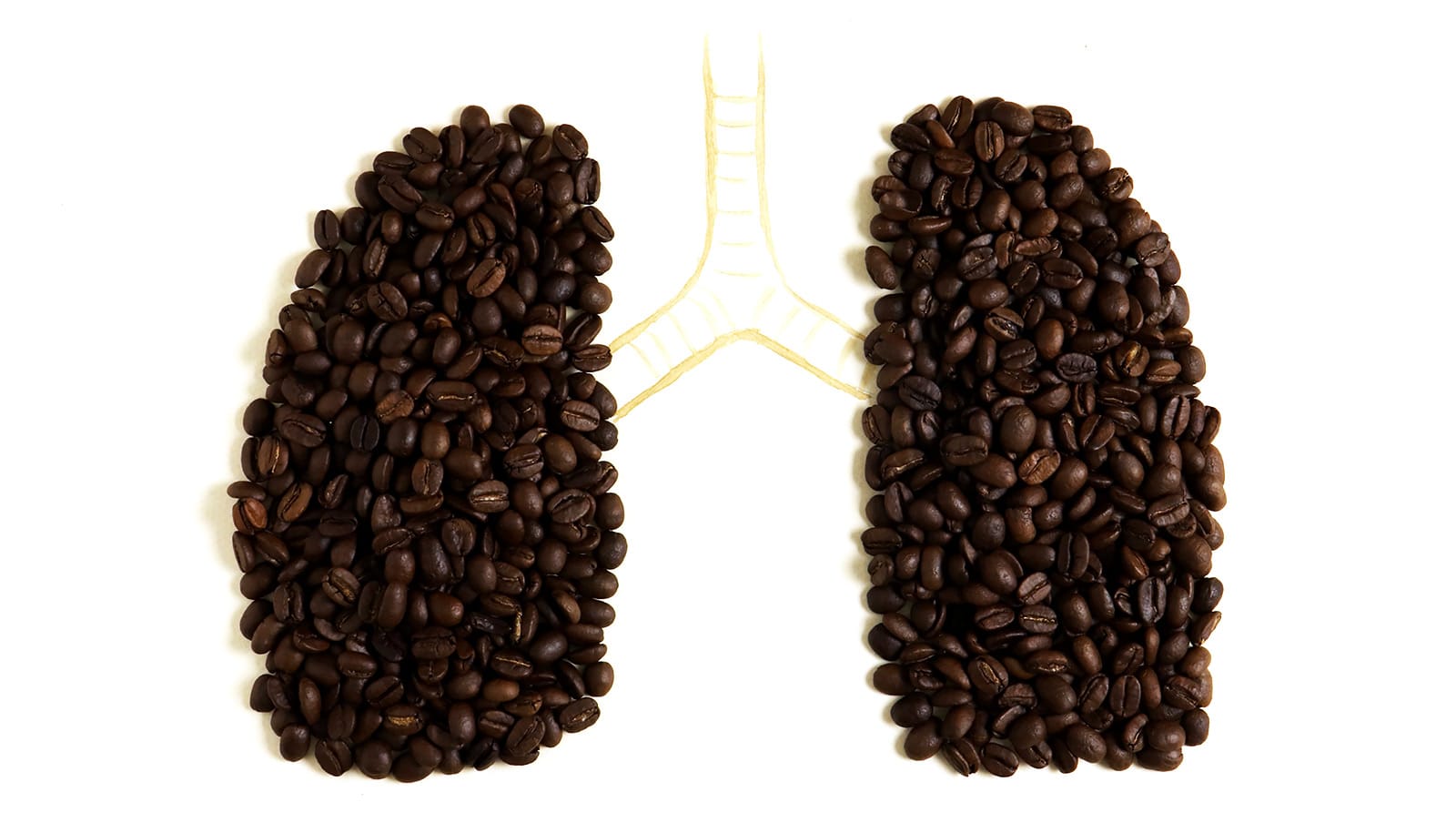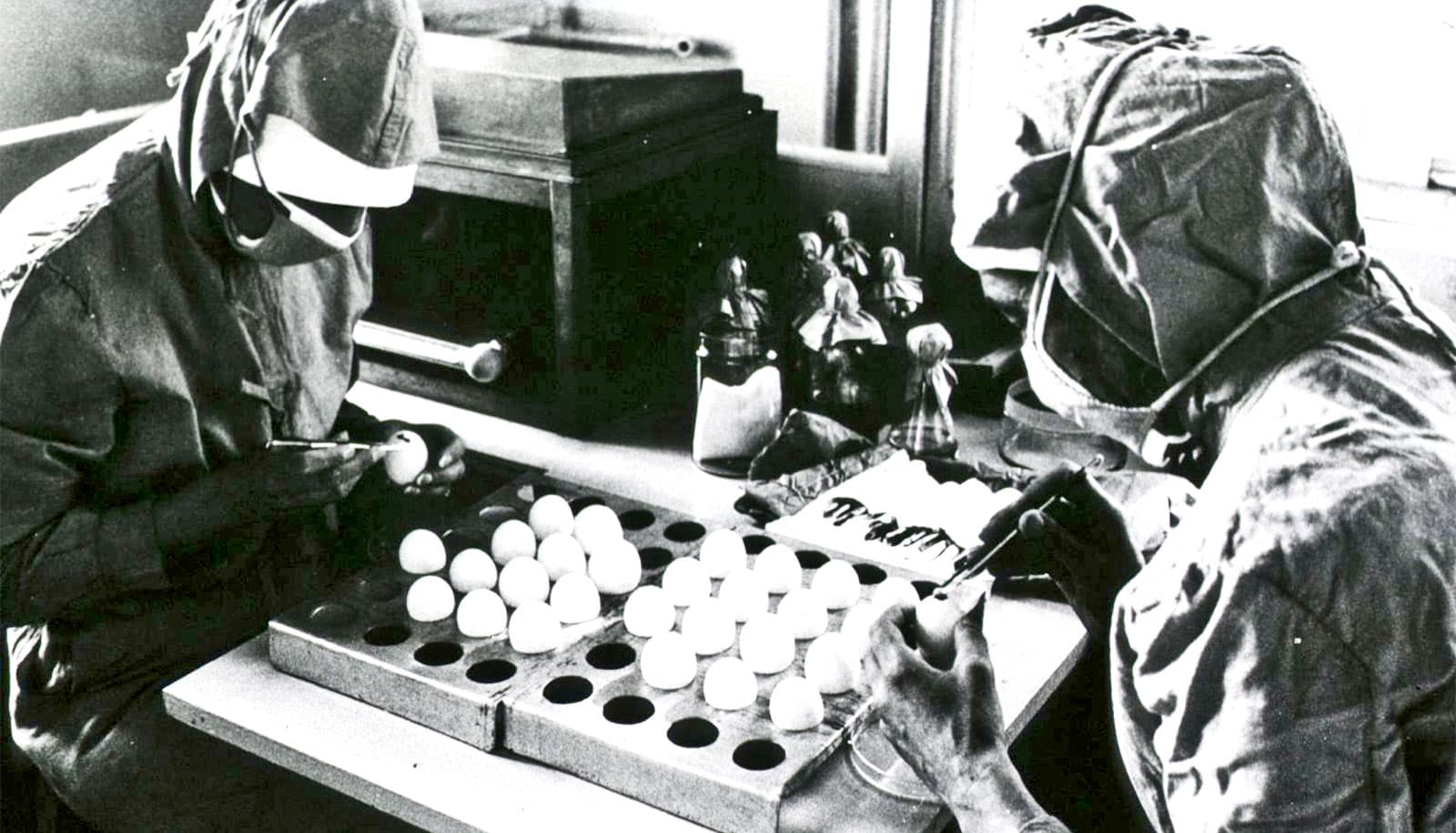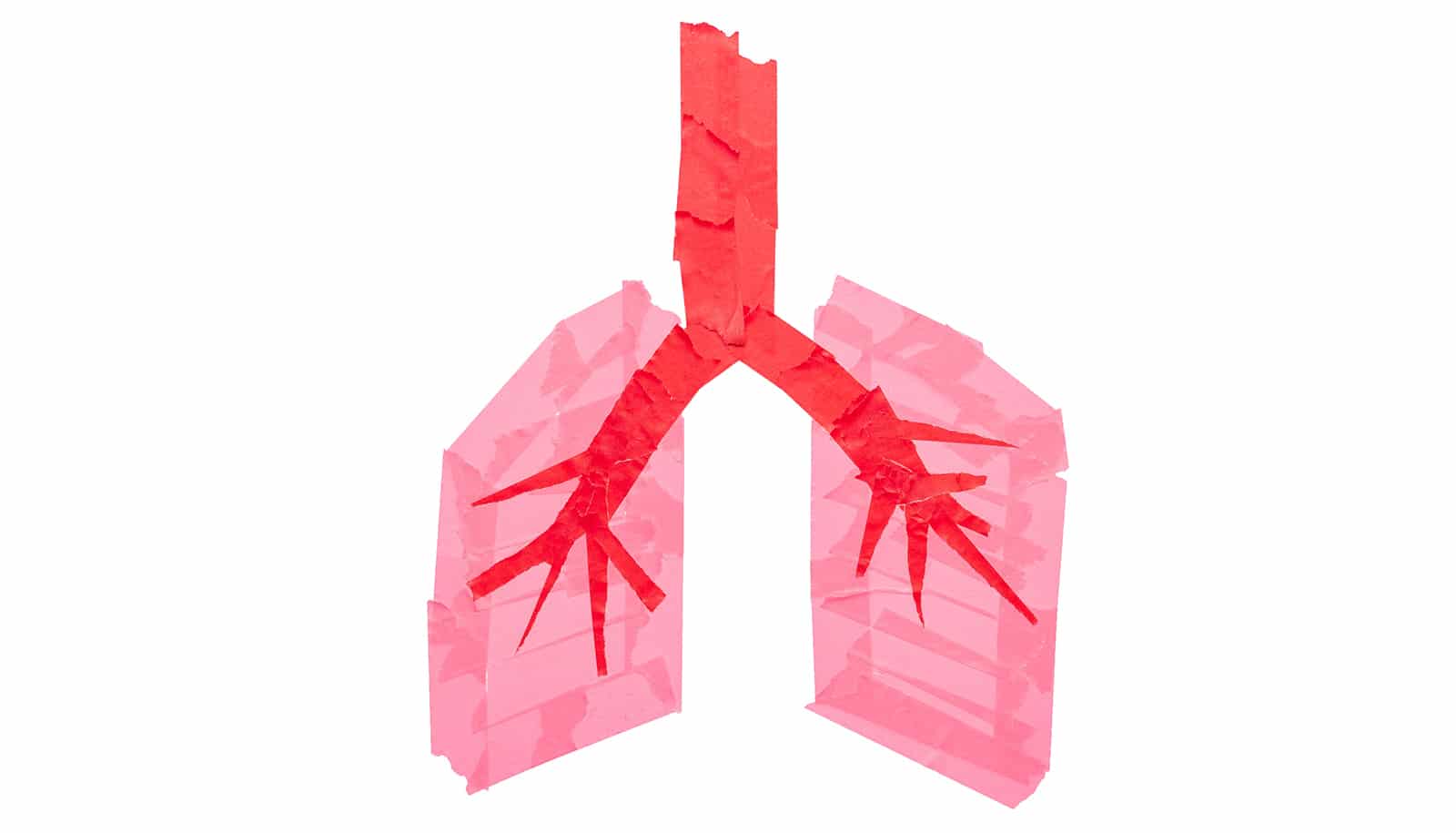Infection with a measles-like virus causes catastrophic lung failure in ferrets previously infected with influenza virus or respiratory syncytial virus, according to a new study.
For the study, published in Nature Communications, the researchers studied ferrets infected with a common respiratory virus such as respiratory syncytial virus or influenza virus, which results in flu-like illness in the animals. One month after full recovery, the animals received a non-lethal strain of canine distemper virus (CDV), which is closely related to human measles virus and causes a measles-like disease in ferrets. Two weeks later, animals developed lethal hemorrhaging pneumonia.
“Acute lung failure after consecutive infection with two non-lethal respiratory viruses was unprecedented,” says senior author Richard Plemper, professor in the Institute for Biomedical Sciences at Georgia State University and director of the Center for Translational Antiviral Research. “We found that these animals did not succumb to the viral infection, but to bacterial pneumonia because they became unable to prevent lung invasion by commensal bacteria.”
Screening for differences in gene expression between animals that had been infected with influenza virus or not, the researchers found that canine distemper infection results in expression of a group of protective host proteins in the lung called trefoil factors.
“When the animals had recovered from influenza, trefoil factors were not upregulated, leaving the animals unprotected against normally harmless bacteria,” says first author Robert Cox, assistant professor in the Center for Translational Antiviral Research. “Usually, these animals would recover, but when exposed to CDV, this decrease in the levels of protective host proteins resulted in the development of severe bacterial pneumonia.”
Using an experimental antiviral drug, GHP-88309, that Plemper developed in recent work, the researchers were able to prevent lethal bacterial pneumonia even when treatment was started very late after CDV infection.
“We currently do not know whether measles virus causes enhanced disease when following unrelated earlier viral infections, but it very much adds to the concerns related to the resurgence of measles that we have seen in recent years globally,” Plemper says.
“Measles is frequently followed by bacterial otitis media or bacterial pneumonia. Viral disease history of a child could be an underappreciated risk factor for developing these secondary sequelae.”
“In addition to discovering that previous infections may play a critical role in disease severity, we were able to experimentally identify the window of opportunity to treat these viral infections and prevent the long-term immune suppression associated with measles-like disease,” Cox says.
The researchers demonstrate benefit of treatment with GHP-88309 for over seven days after the window for therapeutic vaccination has closed, “which introduces a novel additional option to mitigate severe complications of measles-like disease,” Plemper says.
Additional coauthors are from Georgia State, Washington State University, Emory University, Erasmus University, and the University of Georgia.
The National Institute for Allergy and Infectious Diseases of the National Institutes of Health funded the work.
Source: Georgia State



